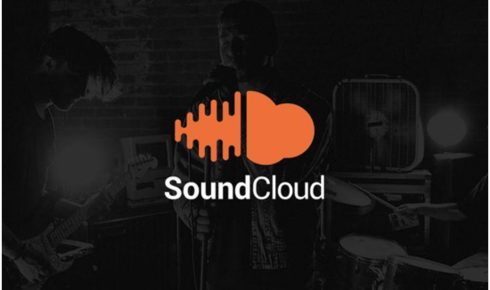Does managing a business feel like herding cats in today’s fast-paced world? From remote work and hybrid teams to constant digital distractions, maintaining everyone’s focus can be incredibly challenging. Monitoring software for employees, such as Controlio, functions like a friendly guide that helps improve productivity, safeguard data, and streamline operations. Let’s explore the importance of such tools in modern workplaces, along with some personal stories that highlight their impact.
Highlighting Productivity Gaps
Have you ever thought about where the workday goes? Software like Controlio sheds light on time visibility. When I oversaw a remote team, they used to miss deadlines and deliverables regularly. That’s when we decided to adopt a monitoring solution. It turned out that some tasks, like research, were taking an inordinate amount of time. After identifying this issue, we made process adjustments and defined clearer priorities. Then we became more consistent in achieving our targets.
These tools monitor time spent on tasks, app usage, and even website visits. This allows you to pinpoint inefficiencies without being overly intrusive. For employees, analyzing their own metrics can be a revelation. A colleague of mine discovered that he was spending too much time on email. He transitioned to making short phone calls, which allowed him to enter creative periods more often.
Protecting Sensitive Data
In today’s world, where one can encounter cyber breaches and data leaks, one can never compromise on protecting sensitive data. Monitoring software is needed to safeguard sensitive data. It acts like a guard dog, alerting admins to abnormal behaviors such as file transfers. There is this one case where I worked with a company that almost had a breach because an employee nearly shared confidential information. We were lucky that our systems flagged the confidential sharing so we could solve the problem before it turned into a disaster.
Other than solving issues that might arise, these tools help in ensuring compliance with regulations such as GDPR or HIPAA. They assist in keeping audit trails that maintain your business during legal scrutiny by tracking how data is treated. In a way, this provides the business with stress-free work, which indeed is precious.
Managing Remote and Hybrid Teams
The old-fashioned method of managing remote teams is gone forever. Office employees tracking productivity with time clocks are long gone too. While working from home has its advantages, it is hard for supervisors to lend a helping hand when someone is struggling with their tasks. Monitoring software solves that issue and keeps everyone connected. For example, we used Controlio during the pandemic, and it greatly reduced “where are we at?” emails.
Management’s productivity monitoring ensures that, as field workers, employees are clocking in from the designated places. Geofencing and remote access analytics provide location-based tracking. Work tools ensure that the focus is on completing tasks rather than monitoring.
Balancing Trust and Privacy
Nobody enjoys feeling eavesdropped on, but it is an unfortunate reality. Employees are under surveillance 24/7 if there are productivity monitoring tools within the company. Surveillance would interfere with private information, so personal emails would not fall under the watched category. I believe in giving privacy to workers as much as they do to me. My surveillance policy would assure each employee that their privacy will be guarded. By explaining, “My goal with monitoring software is to better manage our workflows,” thousands of team monitoring sessions can be skipped.
Pick policies that allow free sharing of who is monitored. There should be open conversations surrounding time trackers, work accounts, and private emails. Privacy policies need to be crafted to protect the tracked so they aren’t limited to shareable data.
Trust can be built by monitoring ethically. Try avoiding invasive methods such as keystroke logging, and ensure employees are informed of what tracking methods are in use and their purpose. Monitoring software transforms possible sources of friction between management and staff into opportunities for collaboration.
An Outline for Implementing Monitoring Software
Does your company need to implement monitoring software? Start with a specific type of software that meets your company’s needs. Smaller companies may benefit from basic time tracking software, while larger companies might require more sophisticated security features. As I suggested, begin with a small Quesmall group pilot to iron out any issues. Use clear, role-specific training guides to equip the entire team to foster smooth adoption.
Set aside time each month to review data so that you can identify recurring trends. Focus on the projects that routinely overrun budget and timelines and refine the associated workflows. In our case, monthly reviews enabled us to identify a number of areas where projects were delayed and reduce those inefficiencies.
Final Note
Just like a Swiss Army knife, employee monitoring software increases productivity, protects sensitive data, and keeps teams synchronized in today’s modern workplace. Controlio empowers you to make smarter decisions—decisions that can help you build a better, stronger, and more efficient team. So, which area of business can you effortlessly improve? Start using monitoring software and see your employees perform at their best!



